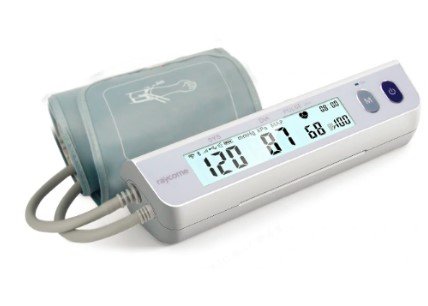The Importance of Proper Blood Sample Collection and Handling for Infectious Diseases in Medical Labs
Summary
- The collection and handling of blood samples play a crucial role in ensuring accurate Test Results for infectious agents in a medical lab setting in the United States.
- Proper phlebotomy techniques must be followed to minimize the risk of sample contamination and ensure reliable Test Results.
- Strict adherence to guidelines for sample collection, transportation, and storage is essential in maintaining the integrity of blood samples and obtaining accurate Test Results for Infectious Diseases.
The Importance of Proper Blood Sample Collection and Handling
Medical laboratories play a vital role in the diagnosis and monitoring of Infectious Diseases in the United States. The accuracy of Test Results for infectious agents, such as bacteria, viruses, and parasites, is heavily dependent on the collection and handling of blood samples. Proper phlebotomy techniques and strict adherence to guidelines for sample processing are essential to ensure reliable and accurate Test Results.
Phlebotomy Techniques
Phlebotomy is the process of drawing blood from a patient for diagnostic testing. Proper phlebotomy techniques are crucial to minimize the risk of contamination and ensure the integrity of blood samples. In a medical lab setting, phlebotomists must follow established protocols to collect blood samples safely and accurately. Some important considerations include:
- Using sterile equipment: Phlebotomists must use sterile needles, syringes, and collection tubes to prevent contamination of blood samples.
- Identifying the patient: Proper patient identification is essential to ensure that blood samples are correctly labeled and attributed to the right individual.
- Selecting the appropriate site: Phlebotomists must choose the right vein for blood collection to minimize discomfort and ensure a successful blood draw.
- Applying appropriate techniques: Following proper procedures for vein selection, needle insertion, and blood collection minimizes the risk of complications and ensures the integrity of blood samples.
Guidelines for Sample Collection, Transportation, and Storage
In addition to proper phlebotomy techniques, strict adherence to guidelines for sample collection, transportation, and storage is essential in maintaining the integrity of blood samples and obtaining accurate Test Results for infectious agents. Medical laboratories must follow established protocols to ensure the quality and reliability of blood samples. Some key guidelines include:
- Labeling and documentation: Proper labeling of blood samples with patient information, collection date and time, and other relevant details is essential to prevent mix-ups and ensure accurate Test Results.
- Transportation requirements: Blood samples must be transported in designated containers with temperature control measures to prevent degradation and ensure the reliability of Test Results.
- Storage conditions: Blood samples must be stored at appropriate temperatures and conditions to maintain Sample Integrity and prevent contamination before testing.
- Handling procedures: Medical laboratory staff must follow strict protocols for the handling and processing of blood samples to minimize the risk of contamination and ensure the accuracy of Test Results for infectious agents.
Conclusion
The collection and handling of blood samples are critical steps in ensuring the accuracy of Test Results for infectious agents in a medical lab setting in the United States. Proper phlebotomy techniques and adherence to guidelines for sample collection, transportation, and storage are essential to minimize the risk of contamination and obtain reliable Test Results. By following established protocols and best practices, medical laboratories can maintain the integrity of blood samples and provide accurate diagnostic testing for Infectious Diseases.

Disclaimer: The content provided on this blog is for informational purposes only, reflecting the personal opinions and insights of the author(s) on the topics. The information provided should not be used for diagnosing or treating a health problem or disease, and those seeking personal medical advice should consult with a licensed physician. Always seek the advice of your doctor or other qualified health provider regarding a medical condition. Never disregard professional medical advice or delay in seeking it because of something you have read on this website. If you think you may have a medical emergency, call 911 or go to the nearest emergency room immediately. No physician-patient relationship is created by this web site or its use. No contributors to this web site make any representations, express or implied, with respect to the information provided herein or to its use. While we strive to share accurate and up-to-date information, we cannot guarantee the completeness, reliability, or accuracy of the content. The blog may also include links to external websites and resources for the convenience of our readers. Please note that linking to other sites does not imply endorsement of their content, practices, or services by us. Readers should use their discretion and judgment while exploring any external links and resources mentioned on this blog.
